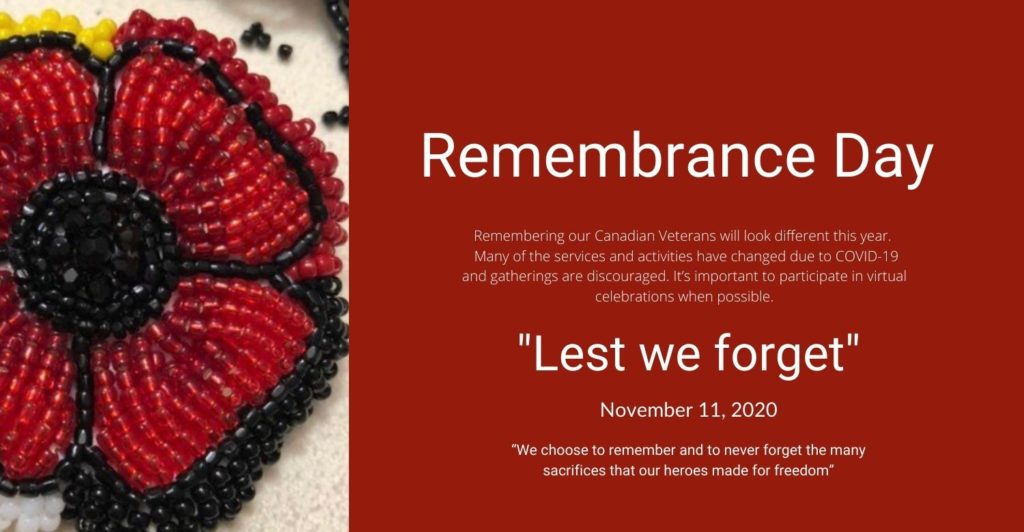Honoring our Veterans this Remembrance Day

Source: www.veterans.gc.ca
The First World War raged from 1914 to 1918 and more than 4,000 Indigenous people served in uniform during the conflict. It was a remarkable response and in some areas, one in three able-bodied men would volunteer. Indeed, some communities (such as the Head of the Lake Band in British Columbia) saw every man between 20 and 35 years of age enlist. Indigenous recruits joined up for a variety of reasons, from seeking employment or adventure to wanting to uphold a tradition that had seen their ancestors fight alongside the British in earlier military efforts like the War of 1812 and the South African War.
Valuable skills
Many Indigenous men brought valuable skills with them when they joined the military. Patience, stealth and marksmanship were well-honed traits for those who had come from communities where hunting was a cornerstone of daily life. These attributes helped many of these soldiers become successful snipers (military sharpshooters) and reconnaissance scouts (men who stealthily gathered information on enemy positions). Indigenous soldiers earned at least 50 decorations for bravery during the war. Henry Louis Norwest, a Métis from Alberta and one of the most famous snipers of the entire Canadian Corps, held a divisional sniping record of 115 fatal shots and was awarded the Military Medal and bar for his courage under fire.
For more reading, visit: https://www.veterans.gc.ca/eng/remembrance/those-who-served/indigenous-veterans/native-soldiers/intro
